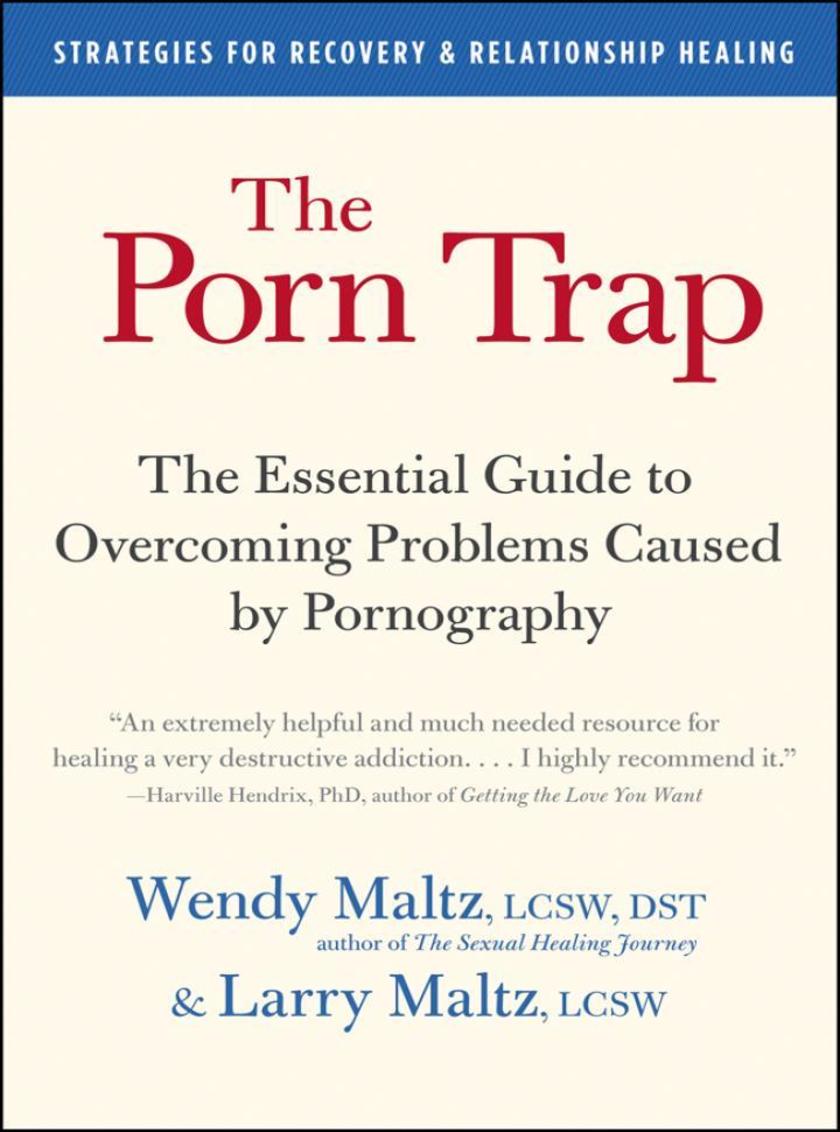
The Porn Trap
¥94.10
Breaking the silence, removing the shame In this highly acclaimed recovery guide, renowned sex and relationship therapists Wendy and Larry Maltz shed new light on the compelling nature and destructive power of today's instantly available pornography. Weaving together poignant real-life stories with innovative exercises, checklists, and expert advice, this groundbreaking resource provides a comprehensive program for understanding and healing porn addiction and other serious consequences of porn use. The Porn Trap will help you to: Decide whether it's time to quit using porn Learn how to stop using porn and deal with cravings Improve self-esteem and personal integrity Heal an intimate relationship harmed by porn use Develop a healthy sex life'
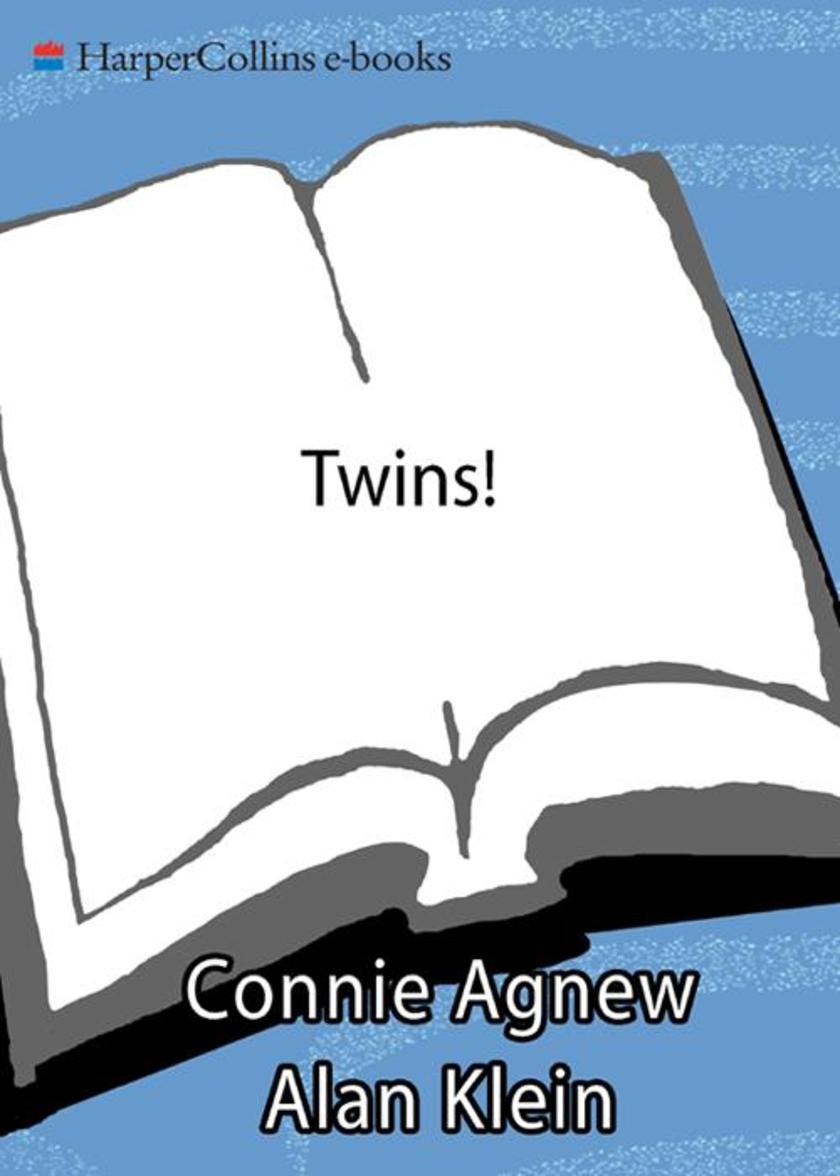
Twins! 2e
¥106.61
Twins! is a comprehensive guide for all parents preparing for a multiple birth. It is filled with practical advice from specialists who work with expectant mothers and their twins every day.From the moment the expectant mom knows she's getting more than she expected, Twins! provides complete information on pregnancy, birth, and the postpartum experience: Your relationship with your practitioner Pre-pregnancy planning Fetal and embryonic development Healthy weight gain for expectant mothers Once the babies are born, Twins! sees the whole family through the exciting and challenging first year, examining such issues as: Sleeping and feeding schedules Your babies as individuals Redefining the family and supporting the needs of other children Survival tips for extra-busy parents Insightful roundtable discussions with other parents of twins New in this second edition: Complimentary medical practices, including acupuncture, supplements and herbs as well as current safety guidelines for the use of pre*ion and over-the-counter medications 3-D ultrasound images of developing twins What parents need to know about immunizations and their safety An up-to-date resource guide to twin-specific organizations, periodicals, and Internet links And much more! Twins! gives you all the information you need to have a safe and sound twin pregnancy so you can concentrate on the joy of raising happy, healthy children.Congratulations!

Happy Hours
¥84.16
Did You Know Female alcoholics are twice as likely to die as male alcoholics in the same age group Women metabolize alcohol differently from men, more quickly developing such physical complications as liver disease, high blood pressure, and hepatitis. A female alcoholic is more likely to suffer from depression, anxiety, and eating disorders, which may not go away even if she stops drinking. An astonishing four million women in the U.S. meet the diagnostic criteria for abuse or dependence. When a woman drinks, she is five times more likely to be raped. These are just a few of the alarming facts you will learn from this book -- facts every woman needs to know. Mixing cutting-edge research with affecting stories of women who struggle with alcohol problems, Happy Hours challenges our assumptions and expands our awareness of the role alcohol plays in women's lives.
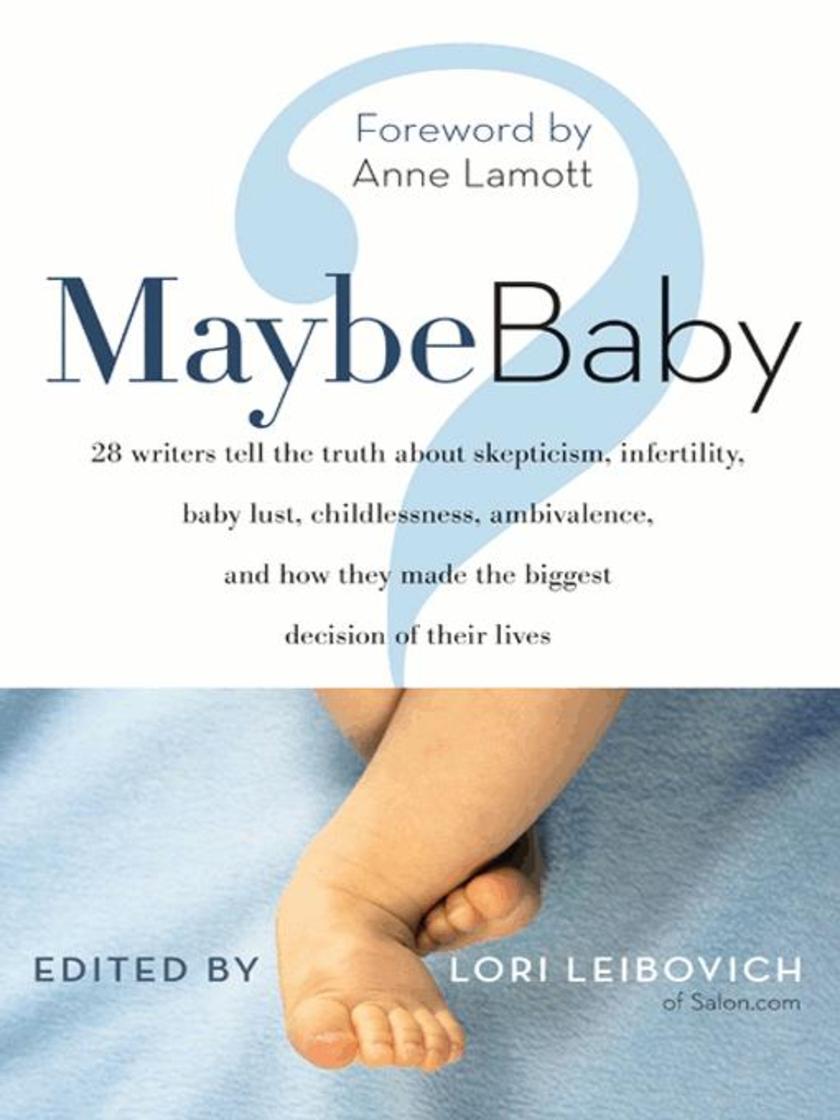
Maybe Baby
¥83.03
To breed or not to breedThat is the question twenty-eight accomplished writers ponder in this collection of provocative, honest, soul-searching essays. Based on a popular series at Salon.com, Maybe Baby offers both frank and nuanced opinions from a wide range of viewpoints on parenting choices, both alternative and traditional. Yes: "I've been granted access to a new plane of existence, one I could not have imagined, and would not now live without." Peter NicholsNo: "I can sort of see that it might be nice to have children, but there are a thousand things I'd rather spend my time doing than raise them." Michelle GoldbergMaybe: "As we both slip into our mid-thirties, my own personal daddy dilemma has quietly taken on an urgency that I frankly didn't expect." Larry SmithFrom infertility to adoption, from ambivalence to baby lust, Maybe Baby brings together the full force of opinions about this national, but also intensely personal, debate.
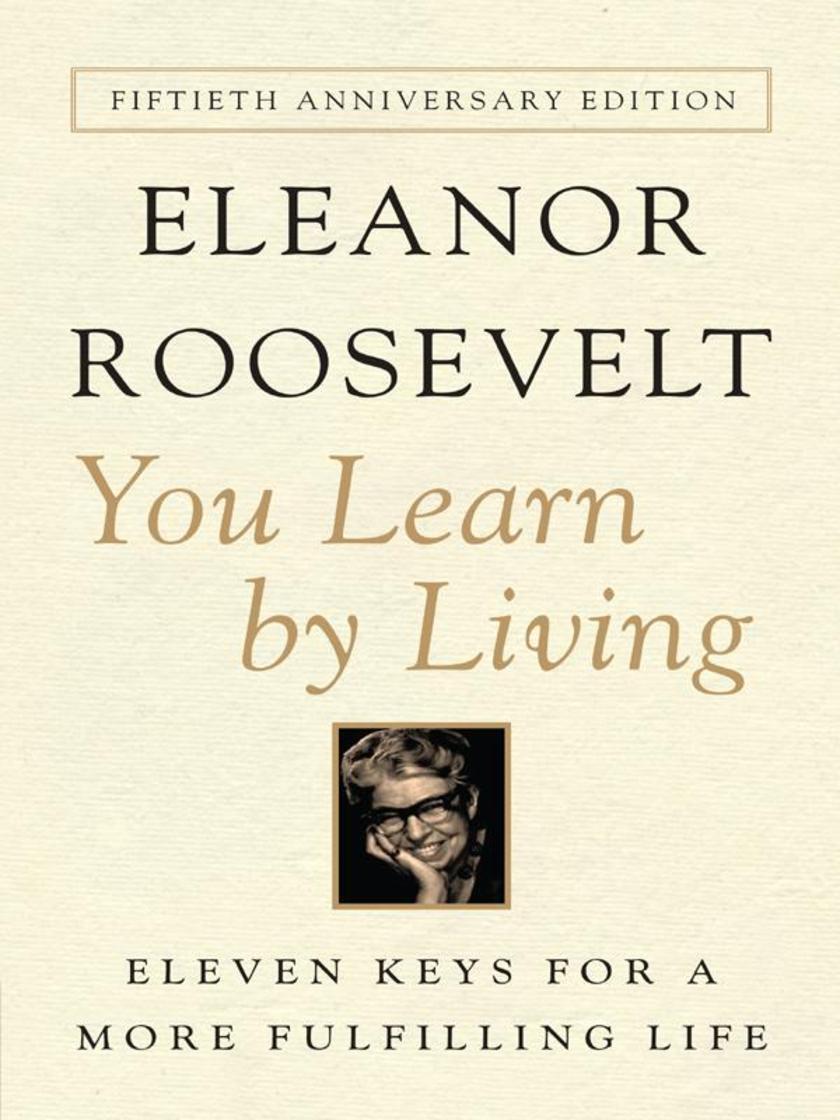
You Learn By Living
¥88.56
One of the most beloved figures of the twentieth century, First Lady Eleanor Roosevelt remains a role model for a life well lived. At the ageof seventy-six, Roosevelt penned this simple guide to living a fuller life. nowback in print, You Learn by Living is a powerful volume of enduring commonsenseideas and heartfelt values. offering her own philosophy on living, Eleanor takes readers on a path to compassion, confidence, maturity, civicstewardship, and more. her keys to a fulfilling lifeLearning to Learn Fear—the Great Enemy The Uses of Time The Difficult Art of Maturity Readjustment is Endless Learning to Be Usefulthe Right to Be an Individual How to Get the Best Out of People ?Facing Responsibility How Everyone Can Take Part in Politics Learningto Be a Public Servant Informed by her personal experiences as a daughter, wife, parent, anddiplomat, this book is a window into Eleanor Roosevelt herself and a troveof timeless wisdom that resonates in any era.
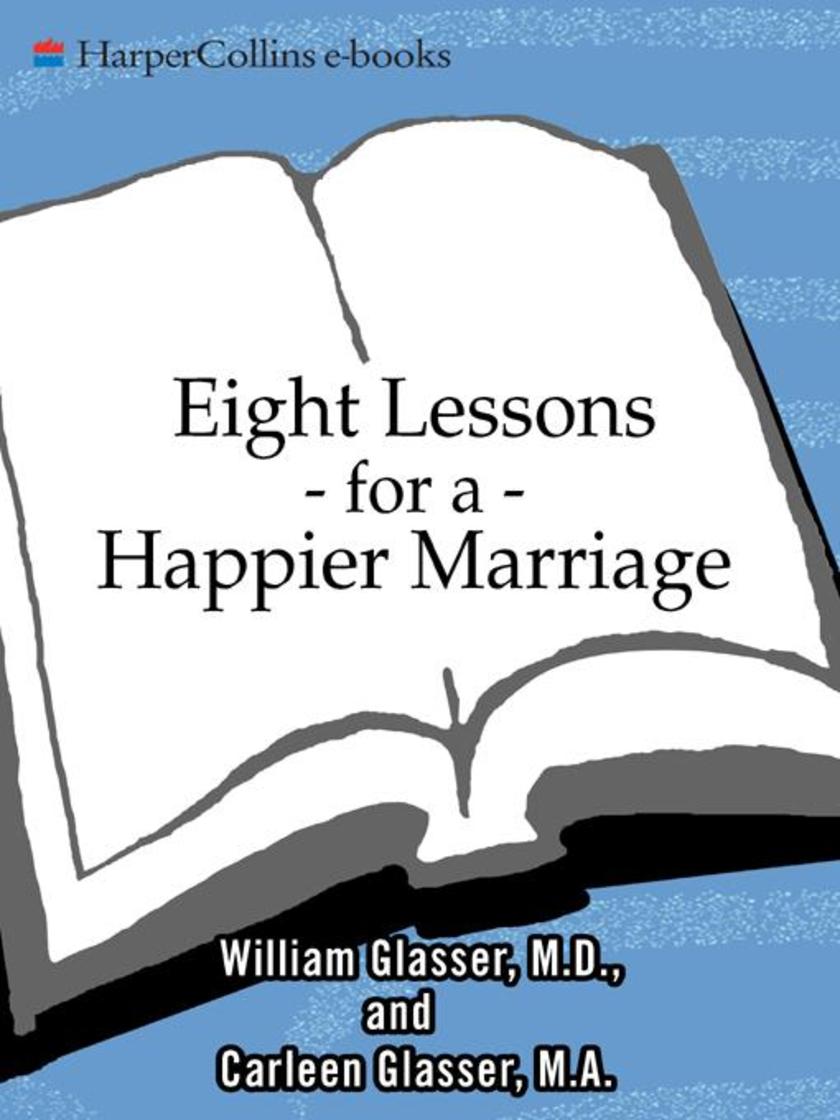
Eight Lessons for a Happier Marriage
¥71.72
Applying the methods and ideas espoused in his popular book Choice Theory, world-renowned psychiatrist and relationship expert Dr. William Glasser, along with his wife, Carleen, offers a practical guide to an enduring, satisfying, successful marriage. Eight Lessons for a Happier Marriage showcases eight real-life histories of troubled couples and presents simple, practical solutions to overcoming the pitfalls illustrated therein. Keeping love alive and strong is not as difficult as you think; let the Glassers and this indispensable book show you how!
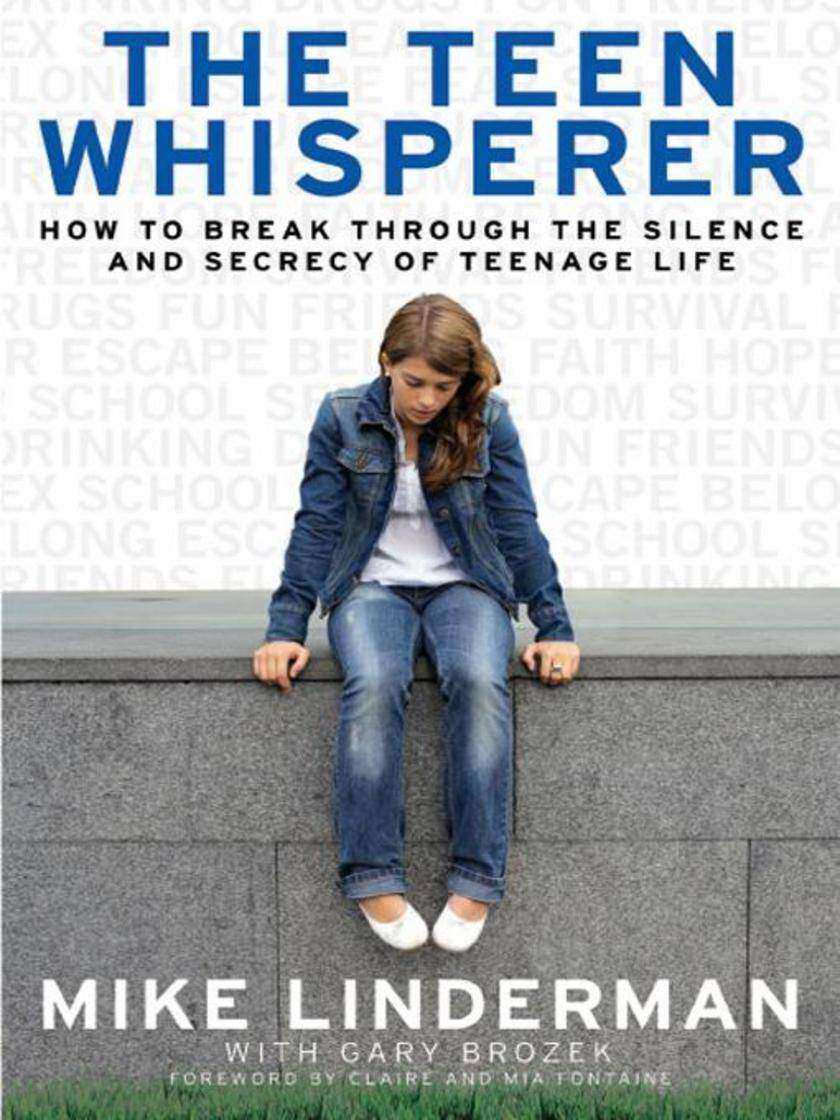
The Teen Whisperer
¥95.39
Mike Linderman is a teen therapist unlike any other. A real-life cowboy, he wakes up at the crack of dawn, works the cattle on his ranch, and then counsels some of the country's most troubled teens, approaching them with a unique blend of down-home honesty, straight-talk discipline, and pure intention that is rarely found in a therapist's office. Most of the teens Mike treats are angry, abused, violent, and dangerous, yet despite their difficult pasts, he has achieved extraordinary success with them, helping to turn their lives around and earning him the nickname the "Teen Whisperer." In this book, he shares the secrets behind his success with parents everywhere, demonstrating how his regimen of hard work, integrity, and effective communication has turned seriously at-risk kids into loving, well-balanced, and productive teens. More than just a plan to rein in bad behavior, The Teen Whisperer deconstructs the emotional barriers that adolescence has placed between you and your child, helping you work with teens on their level instead of simply treating them as subordinates. With this straightforward and open perspective, both you and your teen will learn to offer each other mutual respect and kindness, as you work together to heal the troubled hearts of your family.
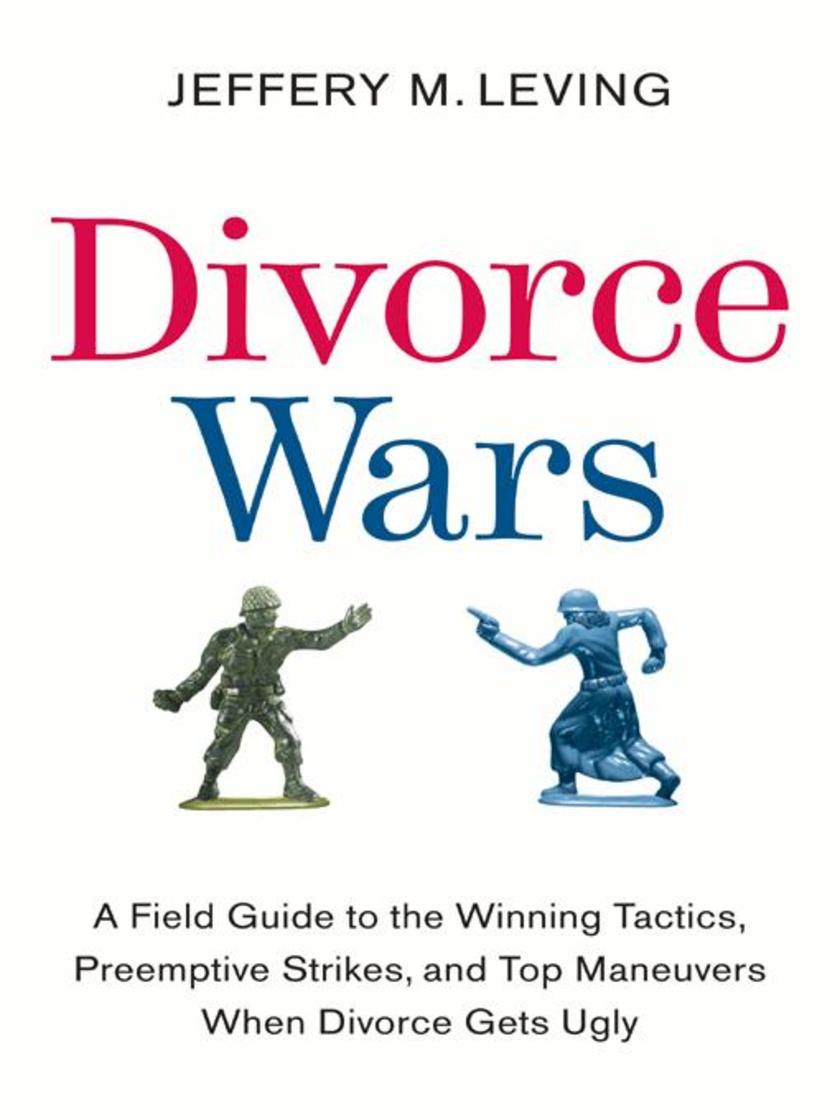
Divorce Wars
¥90.77
Think the worst won't happen to youDivorce can turn even the most sensible and perfectly nice people into malicious cutthroats. And while divorce is never easy, it can get downright nasty if your spouse wants to turn the process into the ffifiight of his or her life. Whether your spouse is vengeful, abusive, money-hungry, or just plain angry, a divorce can become prolonged, costly, and psychologically and emotionally damaging to your children.Here, Jeffery M. Leving, one of America's most prominent and experienced divorce lawyers, shows you how to win any divorce fair and square, even when your spouse brings out the heavy artillery.By giving real-life examples, Leving provides essential advice on everything from picking the right lawyer and devising a winning settlement strategy to getting the most from your day in court and dealing with an ex-spouse. Divorce Wars will help ensure you are acting wisely and effectively at every stage of the process, and will help you and your children survive even the most painful and difffiicult divorce.
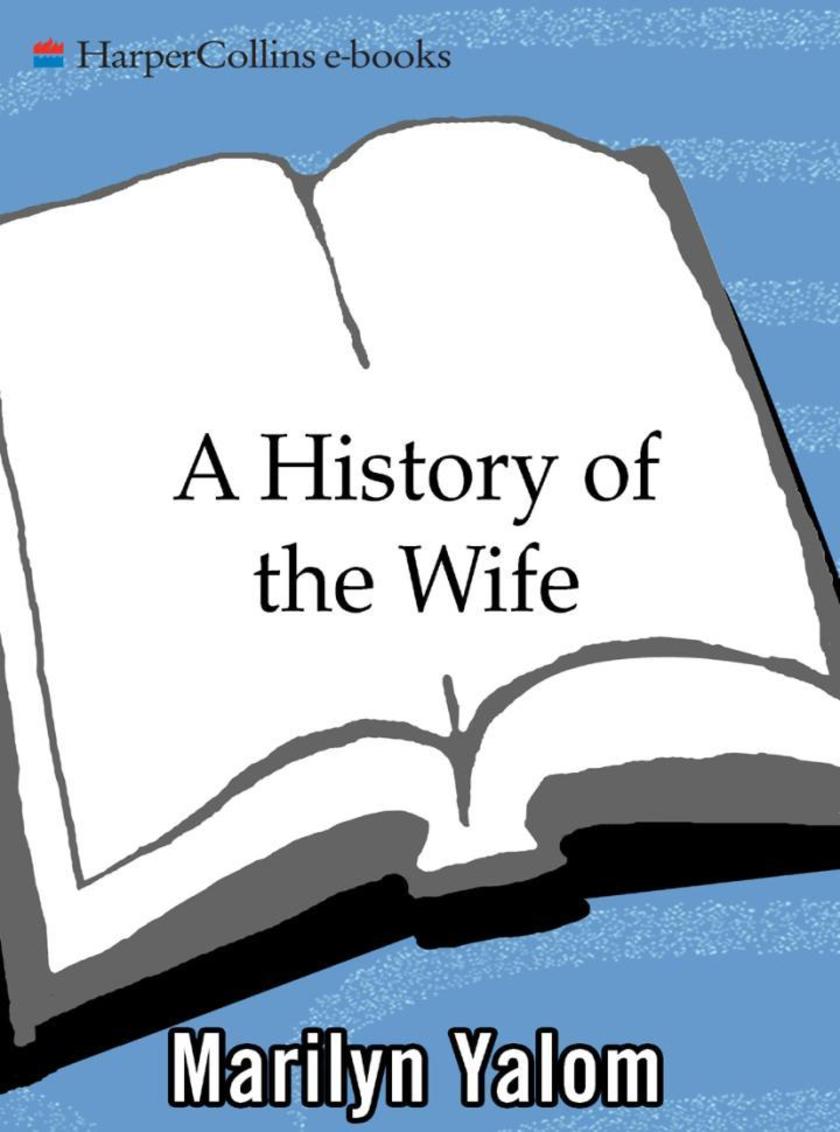
A History Of The Wife
¥88.56
How did marriage, considered a religious duty in medieval Europe, become a venue for personal fulfillment in contemporary AmericaHow did the notion of romantic love, a novelty in the Middle Ages, become a prerequisite for marriage todayAnd, if the original purpose of marriage was procreation, what exactly is the purpose of marriage for women nowCombining "a scholar's rigor and a storyteller's craft"(San Jose Mercury News), distinguished cultural historian Marilyn Yalom charts the evolution of marriage in the Judeo Christian world through the centuries and shows how radically our ideas about marriage have changed. For any woman who is, has been, or ever will be married, this intellectually vigorous and gripping historical analysis of marriage sheds new light on an institution most people take for granted, and that may, in fact, be experiencing its most convulsive upheaval since the Reformation.
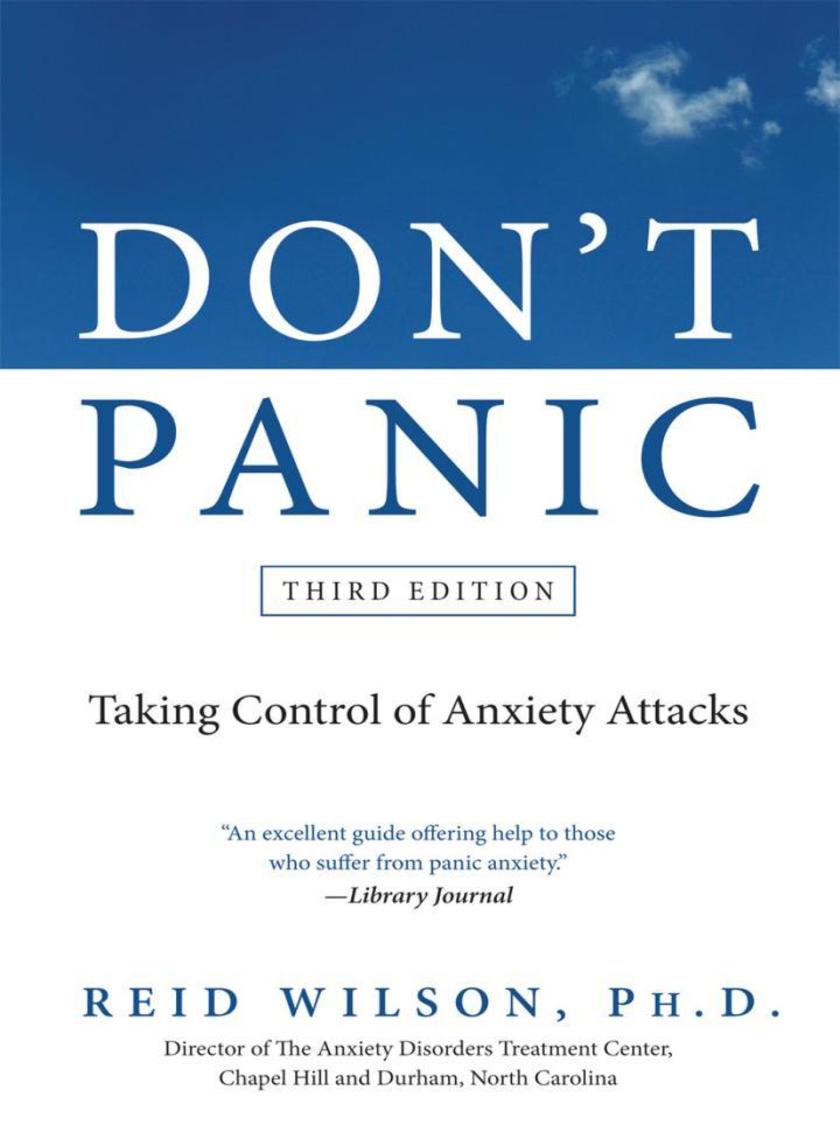
Don't Panic Third Edition
¥99.65
The authority on panic and anxiety newly revised and expandedAre you one of the more than nineteen million Americans who suffer from anxietyDon't panic. Newly revised and expanded, this edition offers a straightforward and remarkably effective self-help program for overcoming panic and coping with anxious fears. With insight and compassion, Reid Wilson, Ph.D., demystifies anxiety attacks and provides indispensable advice, including: how a panic attack happens, what causes it, and how it can affect your life how to recognize, manage, and control the moment of panic how to control the chronic muscle tensions that increase anxiety how to conquer fear and face problems with confidence how to decide which medication is right for you how to establish reachable goals and rediscover the joy of living
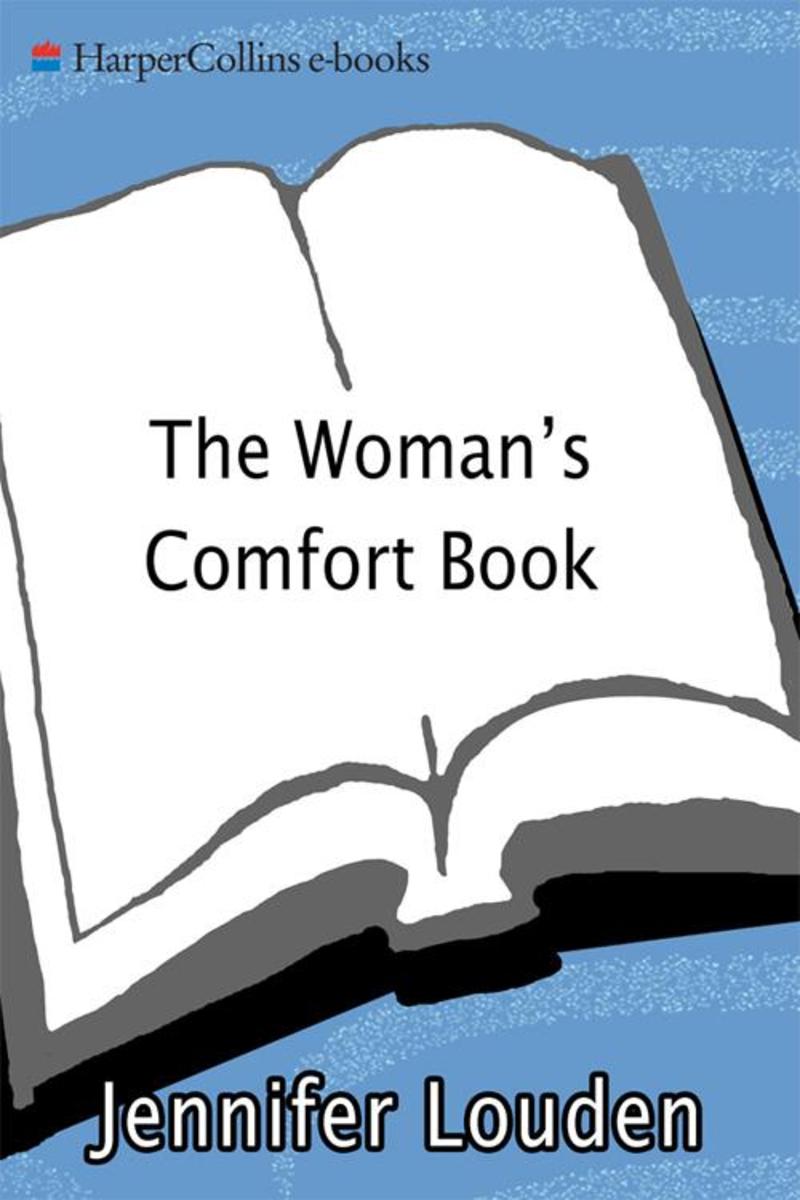
The Woman's Comfort Book
¥99.65
With over 200 pre*ions for giving yourself a break, this book helps the reader to sort out guilty feelings about self nurture and to define her comfort/self nurture needs.In this book the author delivers a host of creative and comforting programmes like the self care schedule, creative selfishness, creating a comfort network, body delights, a personal sanctuary, the comfort journal, bathing pleasures and comfort rituals. Organised by topic and cross referenced throughout, this guidebook is designed to appeal to women of all ages. The new edition has been revised and updated for modern women.
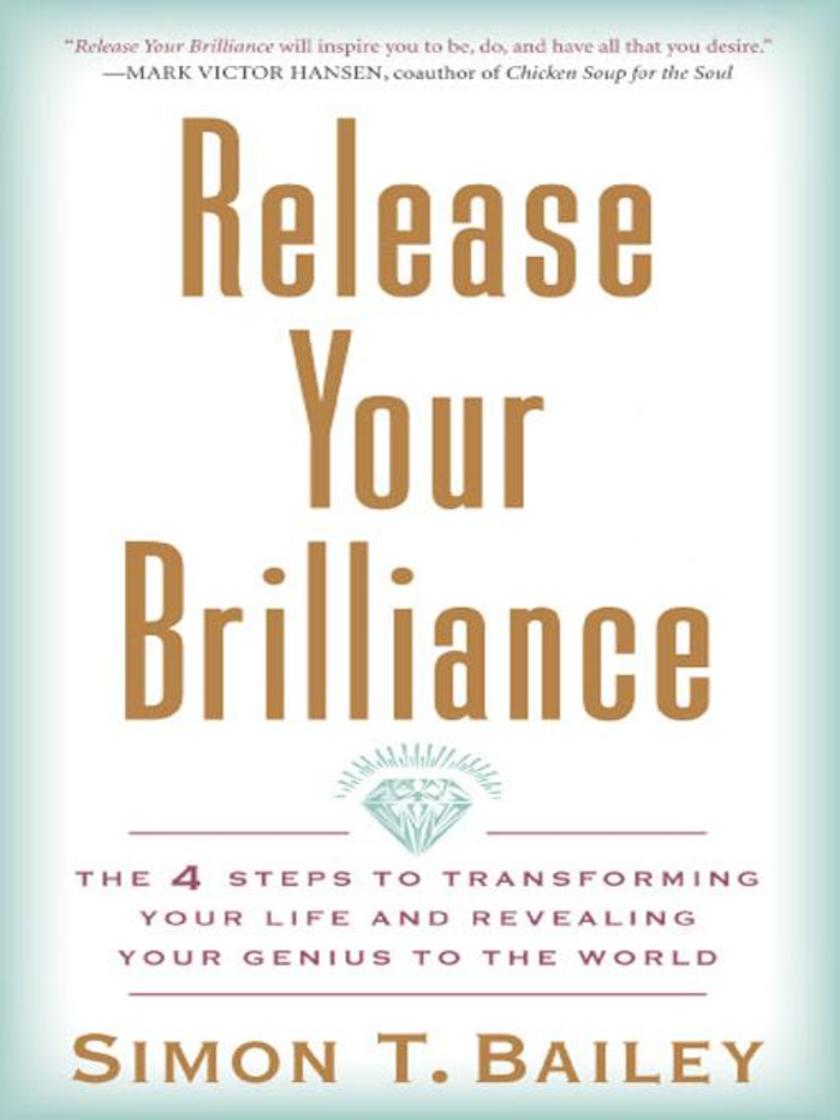
Release Your Brilliance
¥110.71
Each of us is born brilliant. Then we spend the rest of our lives having our brilliance buried by people, circumstances, and experiences. Eventually, we forget that we ever had genius and special talents, and our brilliance is locked away in a vault deep within. So we settle for who we are, instead of striving for who we were meant to be. Release Your Brilliance provides the combination to the vault where your brilliance is kept. After struggling for thirty-two years with disillusion, defeat, and despair, author Simon T. Bailey cracked the code to personal transformation, turning his life around and becoming a highly successful entrepreneur, respected family man and community leader. Using the metaphor that we're all diamonds in the rough, Simon shares the four key steps to cut and polish the gem that is you in order to reawaken your genius, reignite your internal light, and release your potential. He guides your transformation with interactive tools such as Personal Appraisal exercises, Diamond Polishing action steps, and true stories of Living Diamonds. Join the thousands of individuals and organizations worldwide who've sat down with Simon and learned to create lasting change and release their brilliance!
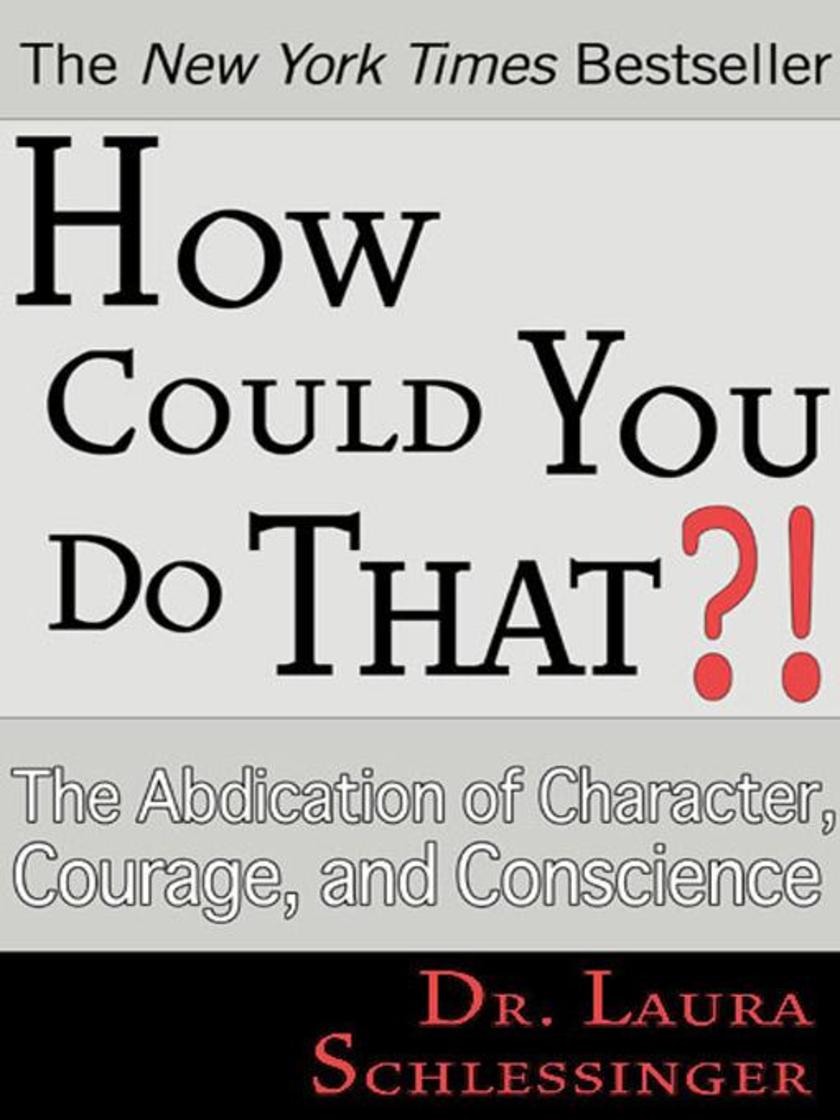
How Could You Do That?!
¥78.55
How Could You Do That?! illustrates Dr. Laura Schlessinger's philosophy of personal responsibility through her usually provocative but always stimulating moral dialogues with callers about everyday ethical dilemmas.In her lively pull-no-punches style, Dr. Laura takes on the moral dilemmas of our time: from the mindless pursuit of pleasure and immediate gratification to taking the easy way out when those actions produce ugly or uncomfortable life-altering consequences. She demonstrates in no uncertain terms that personal values are never someone else's reponsibility but your own, and why choosing not to honor them actually compounds unhappiness. Finally she explains that by disciplining self-indulgence and rising above temptation we can discover the infinite pleasures, the true happiness, of the moral high ground.Dr. Laura delivers not only a compelling argument for an ethical approach to life but also an invaluable inspiration to rebuilding character, conscience, and courage. Here is a work that can make a genuine difference in the quality of your own life and the lives of those we love.

Stop Whining, Start Living
¥77.49
Living life is about action: courageous, benevolent, worthy, Wise, and productive action. Start living with some help from Dr. Laura Schlessinger.Dr. Laura Schlessinger agrees that there are things worth whining about. A certain amount of whining allows for venting of reasonable pain, disappointment, fear, frustration, or rage. However, staying stuck in whining mode can become a lifelong problem. This is where Dr. Laura steps in with Stop Whining, Start Living to help folks conquer the temptation to retreat from living life to the fullest.Illustrated by calls and letters from members of Dr. Laura's huge international audience, Stop Whining, Start Living features testimonials from real people facing real challenges. These folks have benefited enormously from Dr. Laura's powerful lessons.Stop Whining, Start Living gives readers the jump start they need to break out of reactive mode and get proactive, moving in the direction of a joyful, meaningful, fulfilling, and purposeful future. Everyone can use a kick in the pants sometimes, and Dr. Laura, who "preaches, teaches, and nags" to millions every day on her radio program, is here to deliver it!
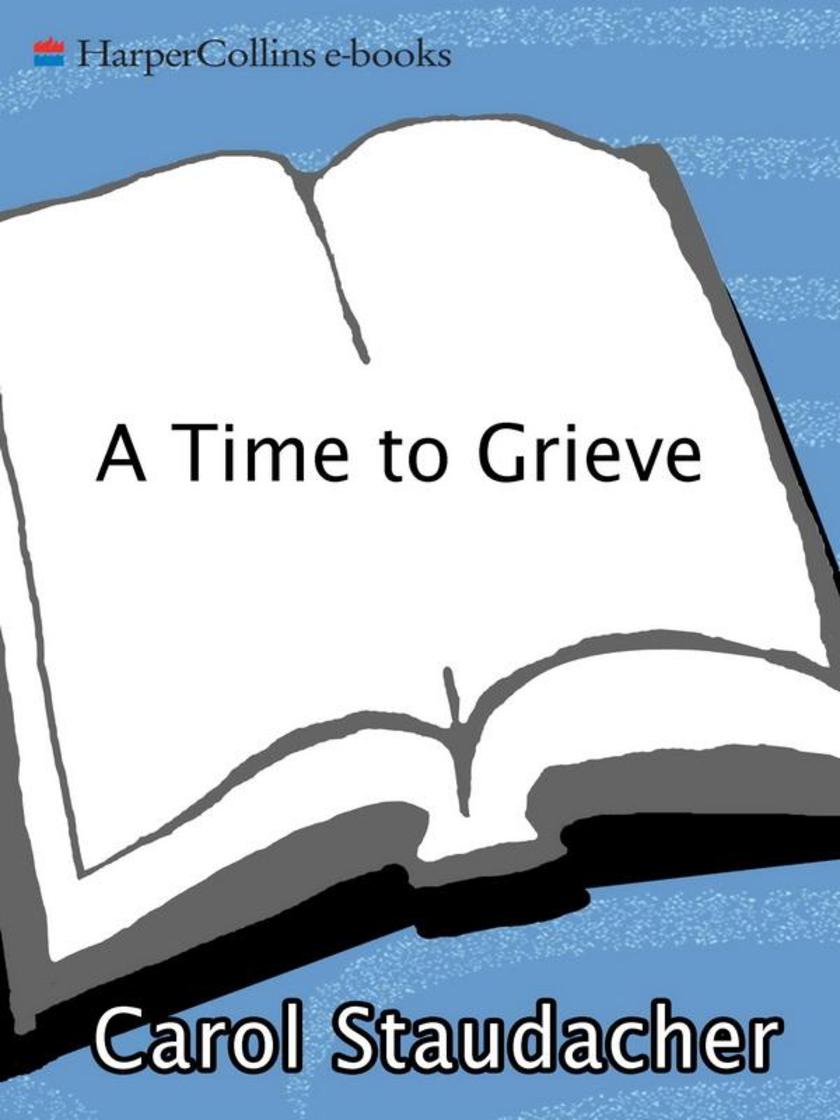
A Time to Grieve
¥94.10
A collection of truly comforting, down-to-earth thoughts and meditations -- including the authentic voices of survivors -- for anyone grieving the loss of a loved one.

Spiritual Divorce
¥90.51
Could the end of your marriage be the first step toward reclaiming your personal power and joyfully living the life of your dreamsIf the answer is yes, this book is for you. Divorce rocks the very foundation of our beings, leaving us feeling lonely, flawed, enraged, undesirable, hopeless, and empty. In Spiritual Divorce, New York Times bestselling author Debbie Ford reveals how this devastation can be transformed into a profoundly enlightening experience. This empowering guide shows how the collapse of a marriage is, at root, a spiritual wake-up call, an opportunity to liberate ourselves and reclaim our lives. The end of a relationship no matter who ends it is a damaging moment. Ford offers a clear program for turning ruin into renewal.
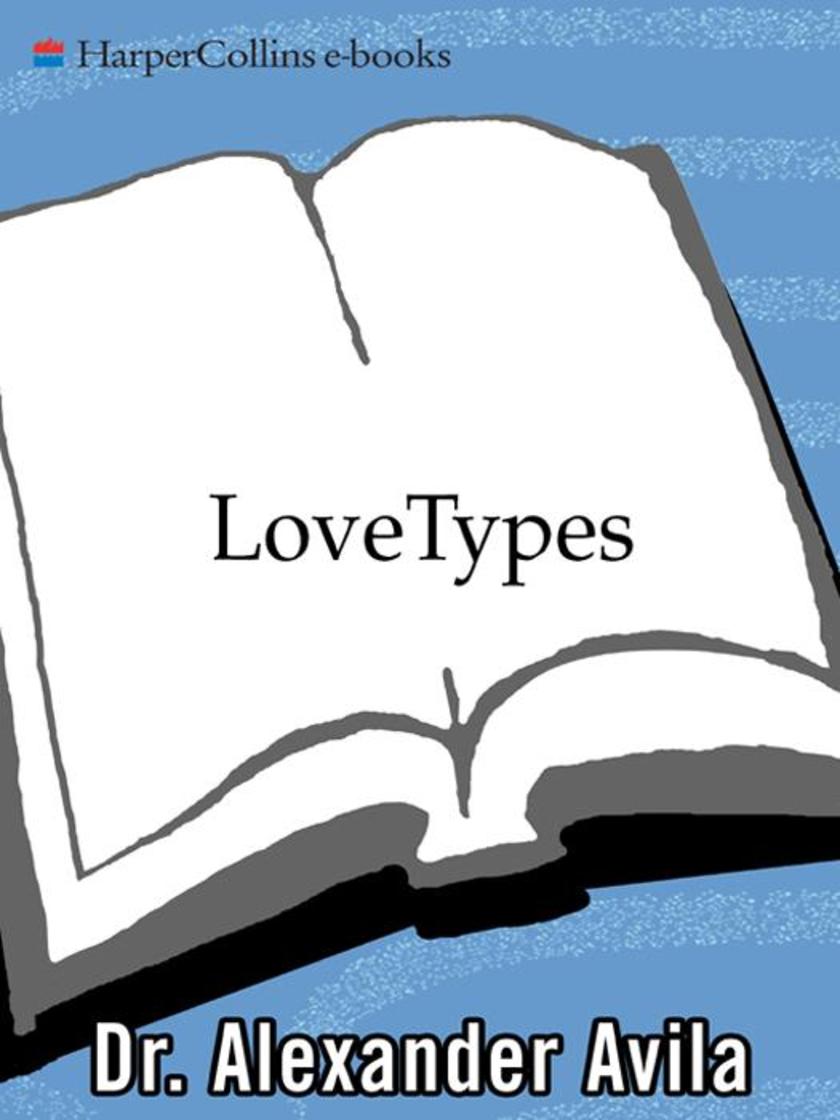
Lovetypes
¥95.39
Everyone who has ever been disappointed in Love knows how hard it is to find the "right" person. All too often we fall for people who seem too good to be true...and then discover they are. True romance is a gamble. But now there's a way to greatly reduce the odds. In LoveTypes, relationship expert Dr. Alexander Avila declares a dating revolution with his groundbreaking LoveType system -- the scientifically proven and effective method for instantly recognizing your true soul mate when you meet him or her. Based on the theory behind the most popular personality test today -- the Myers-Briggs Type Indicator -- and years of extensive research, the remarkable LoveType system is exactly what you need to cut through the dating maze. By first taking a brief quiz, you determine your unique LoveType profile. From there, the system guides you toward the LoveType best for you and provides specific answers to your most pressing relationship questions: ?Which of the 16 LoveTypes is most compatible with me psychologically, emotionally and sexuallyWhat four questions can I ask to determine instantly if someone is right for meWhere can I meet my ideal mateHow can I break the ice naturally and smoothly, even if I'm shyWhat dating strategies will win the heart of my ideal LoveType ?and ensure a Long-term relationshipLasting love no longer has to be hit or miss with LoveTypes, your complete and indispensable guide to a happy and fulfilling romantic life.
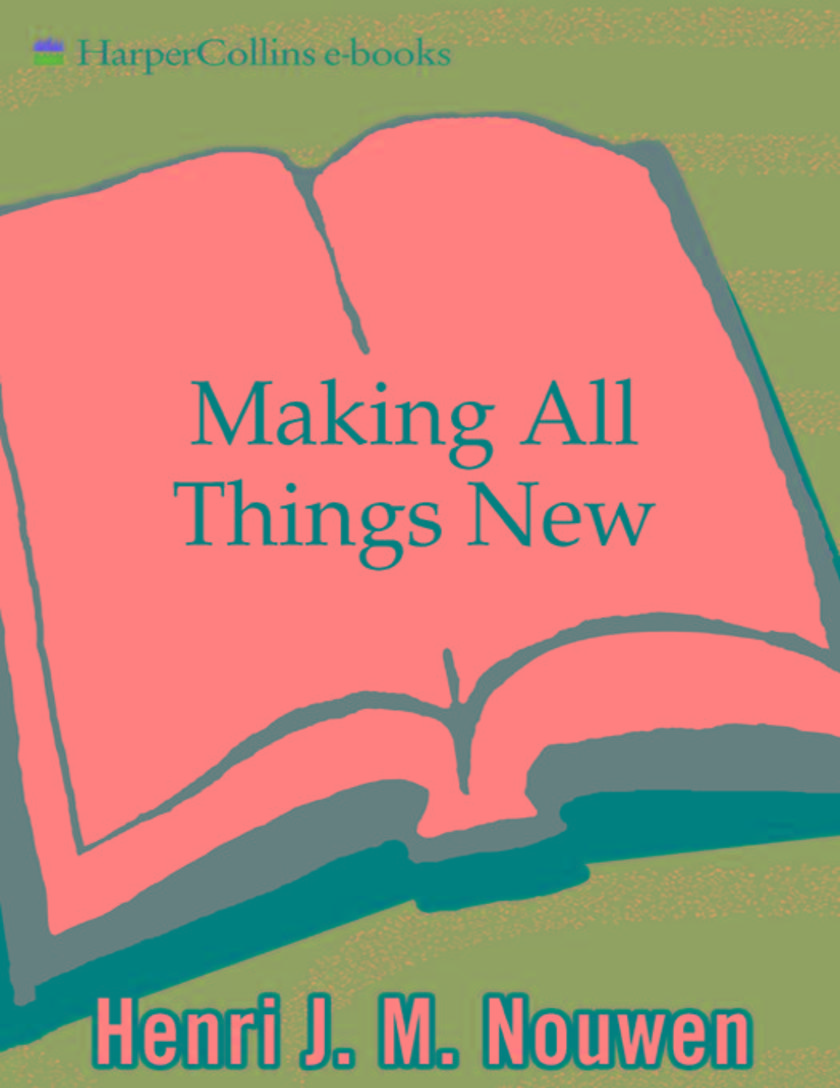
Making All Things New
¥88.56
"During the past few years, various friends have asked me, 'What do you mean when you speak about the spiritual life?' Every time this question has come up, I have wished I had a small and simple book which could offer the beginning of a response. I have felt that there was a place for a text that could be read within a few hours and could not only explain what the spiritual life is but also create a desire to live it. This feeling caused me to write Making All Things New..." "The beginning of the spiritual life is often difficult not only because the powers which cause us to worry are so strong but also because the presence of God's Spirit seems barely noticeable. If, however, we are willing to live a life of prayer and practice the disciplines of solitude and community, a new hunger will make itself known. This new hunger is the first sign of God's presence. When we remain attentive to this divine presence, we will be led always deeper into the kingdom. There, to our joyful surprise, we will discover that the power of our worries is weakening and all things are being made new."- -from Making All Things New
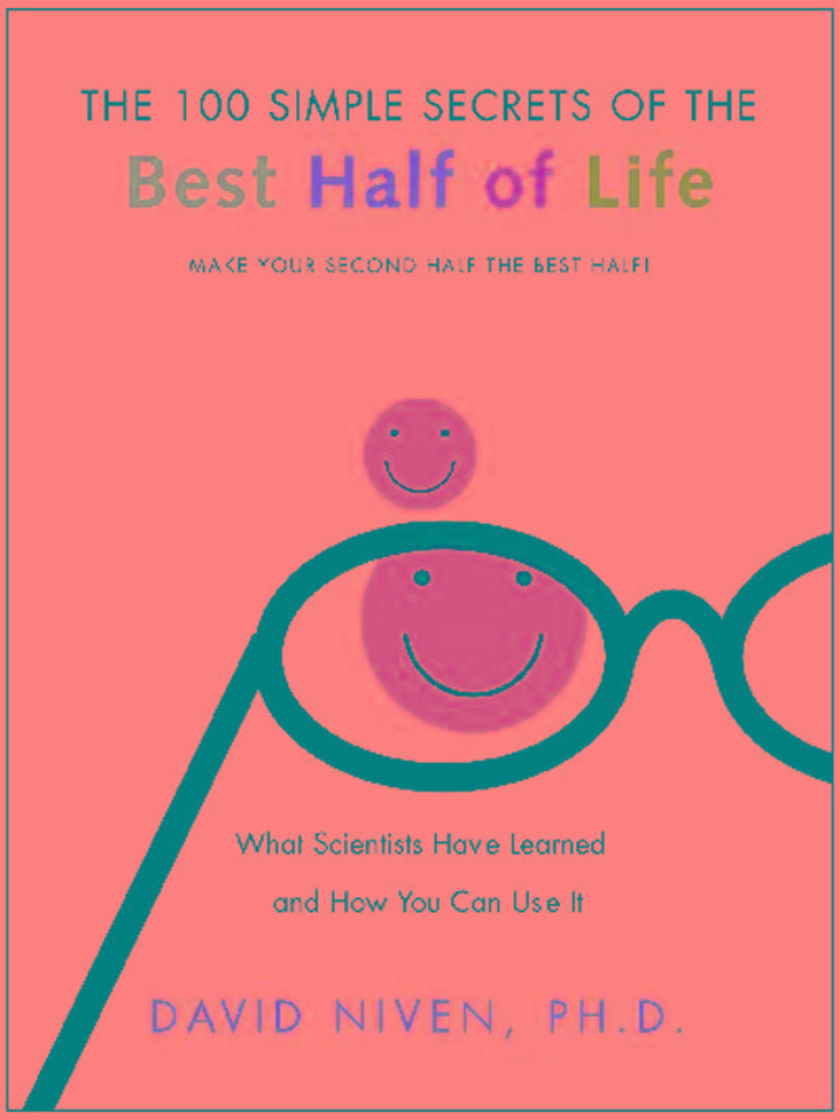
100 Simple Secrets of the Best Half of Life
¥83.03
Practical advice on how to thrive in the second half of your life, based on scientific studies. The sixth book in the bestselling 100 Simple Secrets series. What do people who relish the second half of their lives do differently than those who dread getting olderSociologists, therapists and psychiatrists have spent entire careers investigating the ins and outs of successful aging, yet their findings are inaccessible to ordinary people, hidden in obscure journals to be shared with other experts. Now the international bestselling author of The 100 Simple Secrets series has collected the most current and significant data from more than a thousand of the best scientific studies on the second half of life. These findings have been boiled down to one hundred essential ways to find and maintain joy, health, and satisfaction every day of your life. Each one is accompanied by a true story showing the results in action. The Baby Boomers are hitting retirement age. This upbeat, light approach will appeal to the enormous market of citizens grappling with the effects of becoming 'senior', looking to discover the positive benefits of aging beyond discount tickets at the movie theatre. Books about aging well continue to sell year in and year out. The Simple Secrets approach will stand out among the heavier self-help/psychology titles and will without a doubt become an affordable impulse and gifty mainstay in this category. A good inexpensive gift for parents and grandparents.
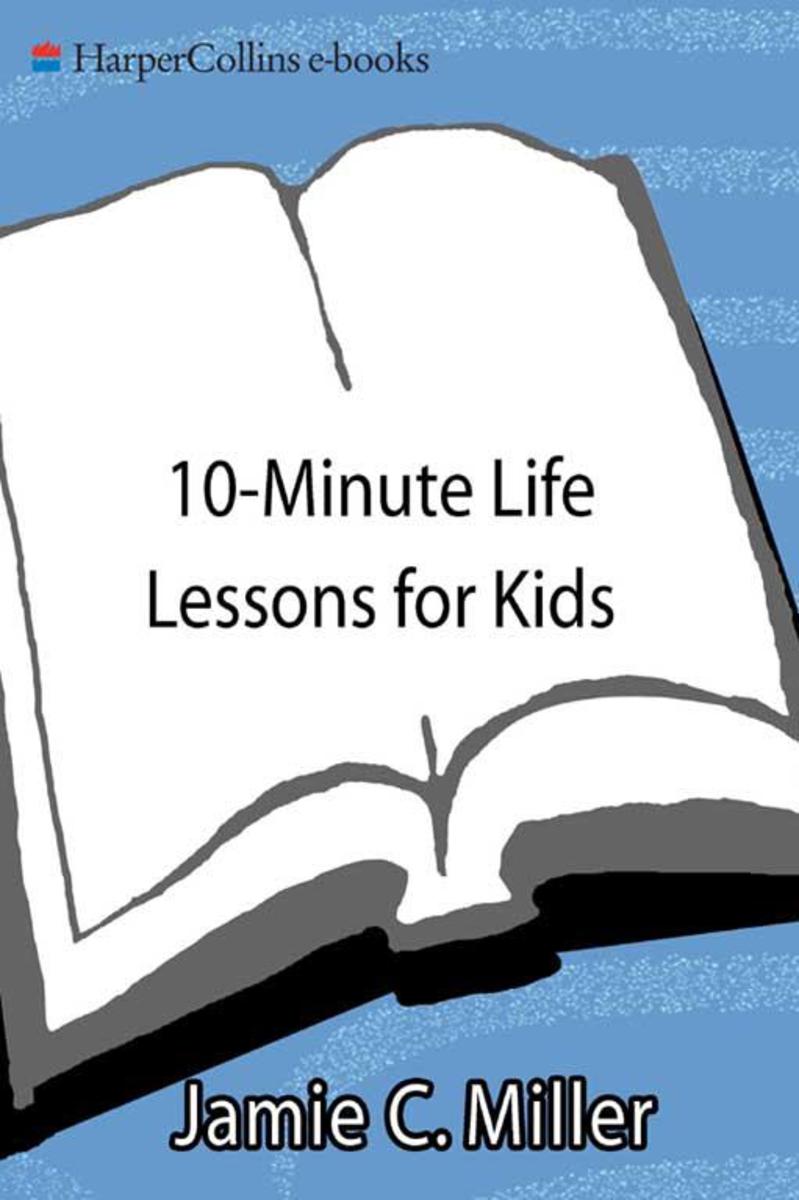
10-Minute Life Lessons for Kids
¥71.94
52 playful and easy to understand activites to hhelp parents teach children moral lessons that they won't forget A child says, "I hear and I forget, I see and I remember, I do and I understand." 10-Minute Life Lessons for Kids is a book about seeing and doing--a book that gives parents the ability to teach the powerful principles of honesty, trust, generosity, love, and other values. Children will discover the objectives themselves as they actively participate in fun games and activities. The games can be done in any order, with very little planning and with very few supplies--just common objects most people have around the house like toothpicks, string, pennies, or an apple. Some can be done while riding in the car, and others can be expanded to fill a whole evening with family fun. The activities in 10-Minute Life Lessons for Kids will not only create cozy and enjoyable moments of family togetherness, they will have a lasting impact on your growing child.
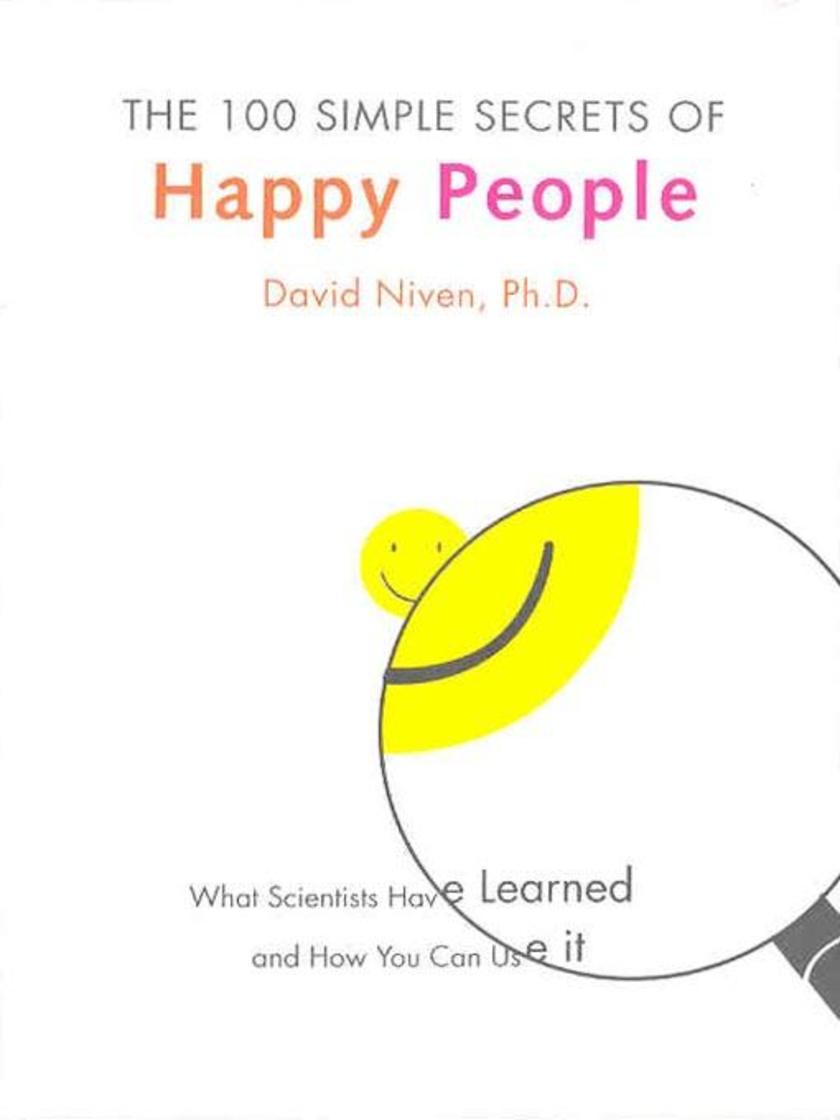
The 100 Simple Secrets of Happy People
¥77.49
Scientists and academics have spent entire careers investigating what makes people happy. But hidden in obscure scholarly journals and reports, their research is all too often inaccessible to ordinary people. Now the bestselling author of the 100 Simple Secrets series distills the scientific findings of over a thousand of the most important studies on happiness into easy-to-digest nuggets of advice. Each of the hundred practices is illustrated with a clear example and illuminated by a straightforward explanation of the science behind it to show you how to transform a ho-hum existence into a full and happy life. Believe in yourself: Across all ages, and all groups, a solid belief in one's own abilities increases life satisfaction by about 40 percent, and makes us happier both in our home lives and in our work lives. Turn off your TV: Watching too much TV can triple our hunger for more possessions, while reducing our personal contentment by about 5 percent for every hour a day we watch.




 购物车
购物车 个人中心
个人中心



